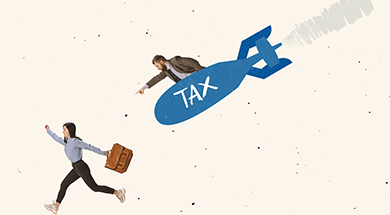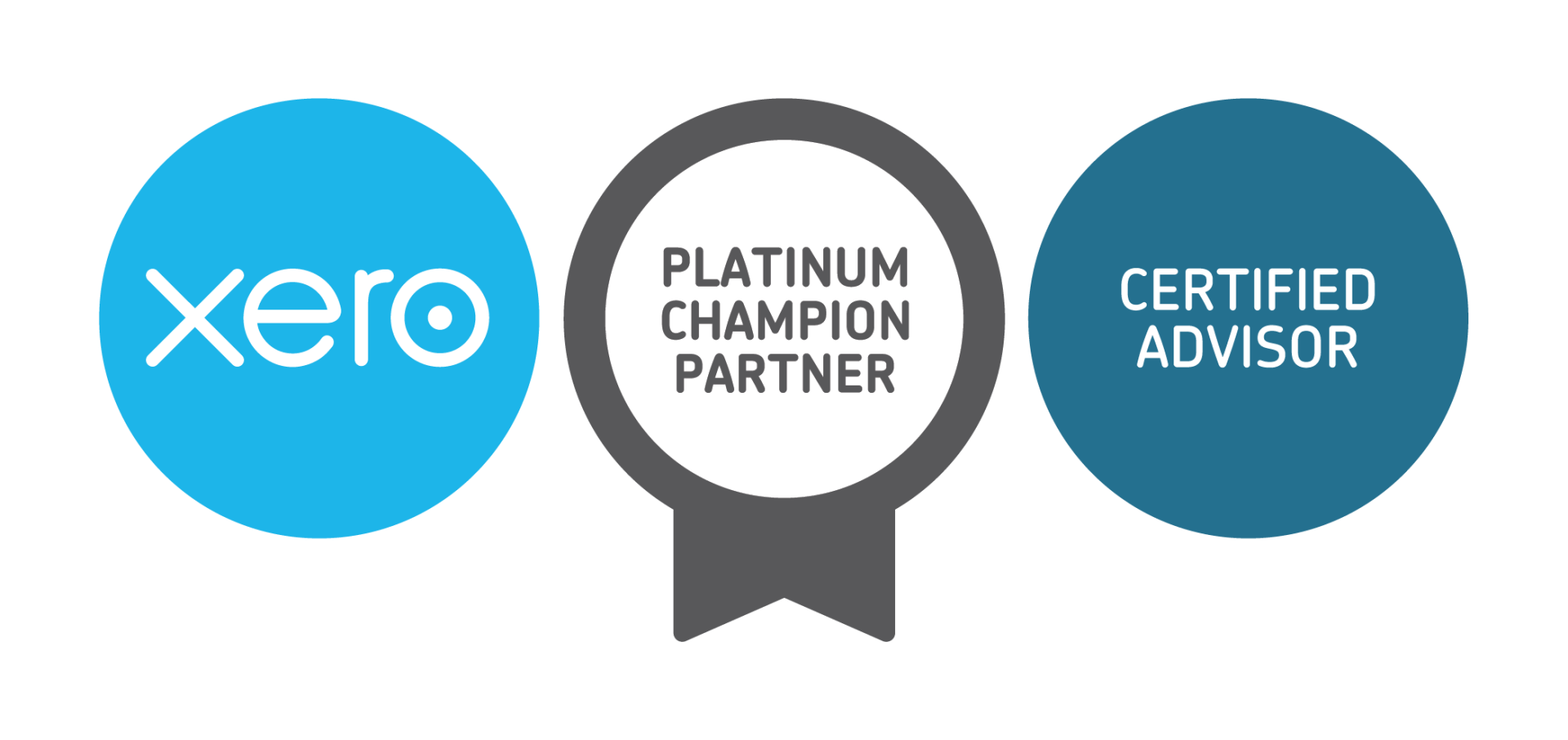Introduced in the 2020-21 Budget and now extended until 30 June 2023
Temporary full expensing enables your business to fully expense the cost of:
- new depreciable assets
- improvements to existing eligible assets, and
- second hand assets
in the first year of use.
This measure enables an asset’s cost to be fully deductible upfront rather than being claimed over the asset’s life, regardless of the cost of the asset. Legislation passed by Parliament last month extends the rules to cover assets that are first used or installed ready for use by 30 June 2023.
Expenses excluded from the above are those captured under Division 43 Capital Works. Expenditure on these expenses would still normally be claimed at 2.5% or 4% per year.
For companies it is important to note that the loss carry back rules have not yet been extended to 30 June 2023 – we’re still waiting for the relevant legislation to be passed. If a company claims large deductions for depreciating assets in a particular income year and this puts the company into a loss position, then the tax loss can generally only be carried forward to future years. However, the loss carry back rules allow some companies to apply current year losses against taxable profits in prior years and claim a refund of the tax that has been paid. At this stage the loss carry back rules are due to expire at the end of the 2022 income year, but we are hopeful that the rules will be extended to cover the 2023 income year as well.

LEGAL
Liability limited by a scheme approved under Professional Standards Legislation.
Investngro Pty Ltd ABN 53 113 102 695 trading as Murray Nankivell Financial Planning, is an authorised representative of Count Financial Limited ABN 19 001 974 625 holder of Australian financial services licence number 227232 (“Count”). Count is owned by Count Limited ABN 111 26 990 832 of GPO Box 1453, Sydney NSW 2001. Count Limited is listed on the Australian Stock Exchange. Any taxation and accounting services are provided by Murray Nankivell and are not within the authority Count. The information on this web site is not financial product advice and is provided for information only.





